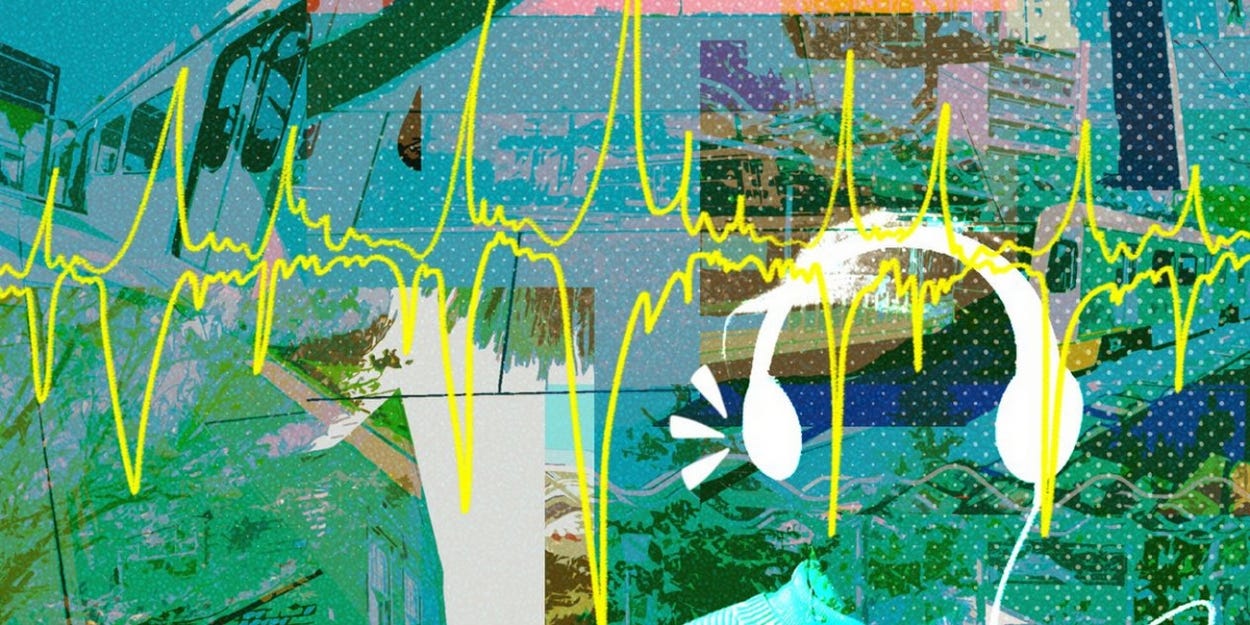Chalk Lines (Capsule Review)


[Original publication: No Proscenium, 7/20/21]
Billed as an immersive audio experience, Chalk Lines is experienced at physical locations in Los Angeles or at home. Consisting of five recorded plays, the production features “underexplored communities in Los Angeles District’s 8, 9, and 10, BIPOC and LBGTQ perspectives.”
Get Laura Hess’s stories in your inbox
Join Medium for free to get updates from this writer.
SubscribeSubscribe
Recently, the NoPro Review Crew discussed vital questions around intentionality and design for immersive projects: Why is a story being told? Who is it for? Why is it immersive? And how will immersive qualities be implemented? Productions can be derailed when these questions aren’t concretely defined by creative teams.
In the case of Chalk Lines, the fictionalized stories were loosely tied to their locations; the value-add for listening to each play at its site was minimal. Especially for a company with a history of producing site-specific theatre, this was a misstep. Transportation was a compounding problem: Chalk Lines is spread out over miles and requires parking in dense areas. Chalk Rep estimated 90 minutes for the entire experience, although the plays themselves encompass 66 minutes. All told, it took more than three hours to experience three of the five plays during an off-peak traffic window; even then I couldn’t locate parking for two of the plays.
This begs key questions: did the team evaluate if (and how) listening to each play in its respective location would impact the understanding and resonance of that work; did the team beta test a full run of the physical experience during the design phase; did the team weigh how traffic and parking would affect the experience’s flow?
Set in LA’s Union Station, Luis Alfaro’s “March of Time — Time Warp” was the most successful site-specific piece, incorporating elements of train travel (literally and allegorically) and referencing historical events connected to the station. Although Chalk Lines’ plays were wonderfully written, performed, and produced, their excellent quality cannot override the production’s foundational design hiccups.